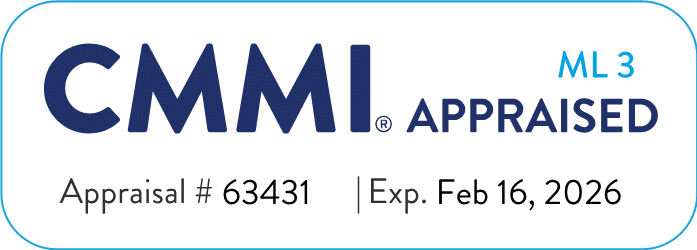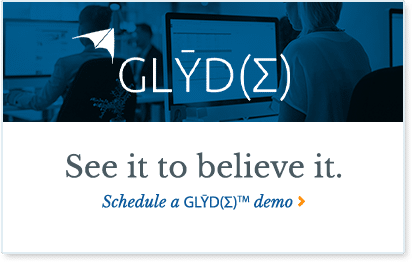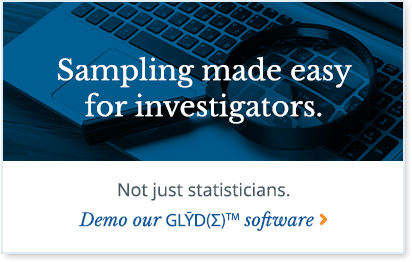Data Analytics is an indispensable tool being used in COVID-19 recovery efforts. Many of us take for granted that this is being used, but are not quite sure how. IntegrityM CTO Swathi Young and COO Natasha Williams break down the basics of Data Analytics and COVID-19 to shed light on the role this field plays.
Why is data analytics important to COVID-19 recovery?
In light of COVID-19, using data analytics is a matter of equipping the government authorities who need to make informed decisions. It’s important to give it to industry, as well. Data will impact recovery decisions around things like international travel and resuming pre-COVID activities like opening movie theatres, schools, going to the gym, and even heading to a salon! It impacts every part of recovery, from major policy to the personal things in our day-to-day world that really give us comfort and well-being and allow us to engage.
What’s the most important factor when dealing with data analytics and COVID-19?
For any analytics effort, collecting and cleaning (normalizing) the data is absolutely key.
With regards to COVID-19, there are a number of different data sources. There are death records, there’s information about hospitalization, a lot of information about outpatient visits, lab testing, demographic data about those who are contracting, or those who are dying, those who are surviving and clinical data. There isn’t just one metric that will help us to better understand the virus; we need to take a holistic approach to really grasp its severity, as well as the full extent of the social disruptions associated with its impact.
An added layer here is that this data is housed across many different systems, in varying formats. The process of creating cohesive and reliable metrics out of all of these disparate sources is a major initiative, and one that requires dedicated time and expertise.
For example, looking at the Johns Hopkins dashboard, one may not initially realize what a gargantuan effort that one platform reflects. They are collating data from 190 countries, all of whom have different reporting practices. They’re taking all of these streams of information, verifying accuracy, cleaning it, and standardizing it across reporting tools and distilling it so that they portray a real picture.
What is a major challenge facing data analytics in COVID-19 recovery efforts?
One of the biggest challenges that prevails as we address this pandemic is really the latency of the data in the collection phase.
As an example, you can check on the CDC website daily to see updated information based on what they have, but there’s always a disclaimer. The disclaimer is that all of the information isn’t in. When we look for an example, such as, death records, there are challenges between when the death occurs and when the information is provided. It could be one to two weeks lag time, and when you multiply that across instances, it can skew timelines and present less accurate understandings than you’d get if there was a way to log occurrences in real time.
Beyond data collection, how does Data Analytics help enhance our understanding?
Once the hard work of solid data collection is done, we then have the ingredients to bring the full potential of statistical modeling to bear.
Statistical modeling is an intimidating term for many. However, it really just refers to systems that are designed to help observers understand how something works. Modelling methods are what we can use for two things:
1) Describe what we know
2) Harness that existing knowledge to predict what might happen
For the first function, we usually like to use what we call descriptive statistics to identify an immediate observation: to look at the data and determine exactly what it is that we are seeing, to see if there are any gaps, anything that’s missing, and to be able to collect and aggregate things together so that we get an initial picture.
Beyond that, we start applying mechanistic models. These models usually assume that there is a complex system that can be understood by examining the workings of the individual parts, and then the manner in which they’re combined. When you replicate this system mathematically, that’s where you get some of the predictive modeling, and that’s what will really help us assess the impact of policy decisions.
Want to take a deep dive into this subject? You can watch Swathi and Natasha’s entire conversation on video.
Integrity Management Services, Inc. (IntegrityM) is a certified women-owned small business, ISO 9001:2015 certified, and FISMA compliant organization. IntegrityM was created to support the program integrity efforts of federal and state government programs, as well as private sector organizations. IntegrityM provides experience and expertise to government programs and private businesses supporting government programs. Results are achieved through analysis and support services such as statistical and data analysis, software solutions and consulting, compliance, audit, investigation, and medical review.












